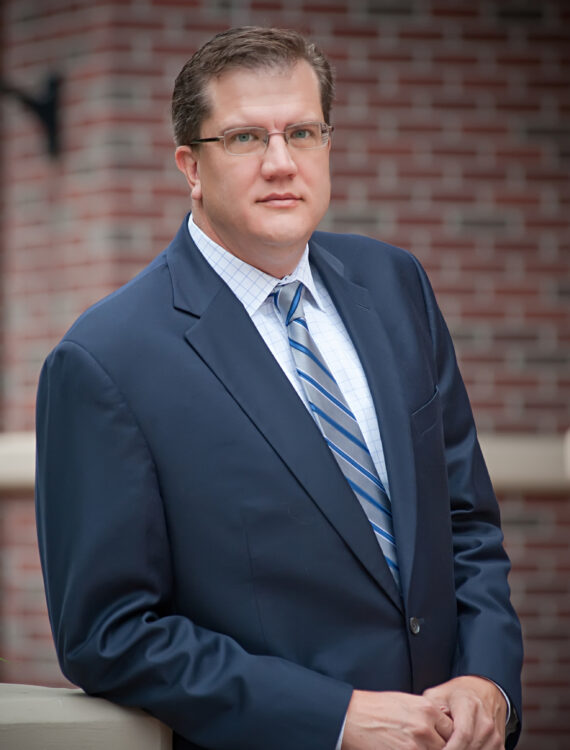State’s bonding is in good shape for storm season
By MICHAEL PELTIER The News Service of Florida
Published: Wednesday, May 19, 2010 at 1:00 a.m.
Last Modified: Tuesday, May 18, 2010 at 9:28 p.m.
TALLAHASSEE – Easing credit markets and more favorable rates will allow Florida officials to borrow more than $15.9 billion and meet all its obligations for the upcoming hurricane season, the state’s top hurricane finance managers said Tuesday.
That, at least for a year, should give Floridians some relief that one of the worst-case scenarios will not come true: the state needing to impose a tax to pay for its underfunded insurance liabilities.
Meeting for an update on the state’s financial capacity before the Atlantic hurricane season starts June 1, the Florida Hurricane Catastrophe Fund advisory council approved estimates that say the state has a total disaster capacity of $25.5 billion, enough to meet its entire 2010 obligation.
“Based on the estimates obtained from the CAT fund senior managers, the CAT fund would have sufficient bonding capacity for the 2010 hurricane season to meet all its financial obligations,” said John Forney, a Raymond James & Associates analyst and financial adviser to the fund.
Insurance industry representatives, who have decried the inadequacy of the state fund for the past several years, welcomed the updated estimates as a sign that Florida is regaining its financial footing as it enters the six-month storm season with adequate capacity to handle all but the most devastating storm.
“Two years ago we were looking at $3 billion in bonding and up to a $19 billion shortfall,” said Sam Miller, vice president of the Florida Insurance Council.
“You always worry about what happens after a nightmare hurricane but this is very, very good news for a program that is the backbone of the property insurance market here in Florida.”
Following consultations with financial advisers, Citigroup, J.P. Morgan, and Goldman Sachs, Florida money managers say bonding capacity is available to fund the state’s $17 billion in mandatory coverage for 2010, $8 billion in optional upper limit coverage and $461 million for lower end coverage for qualified participants.










